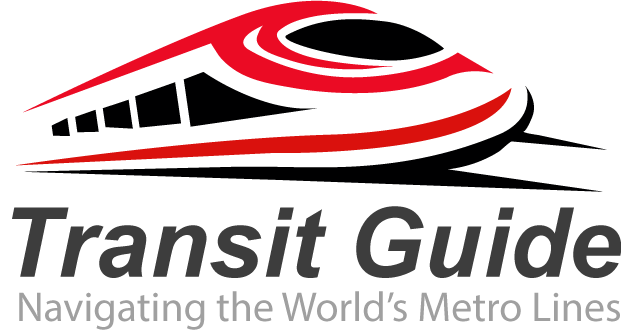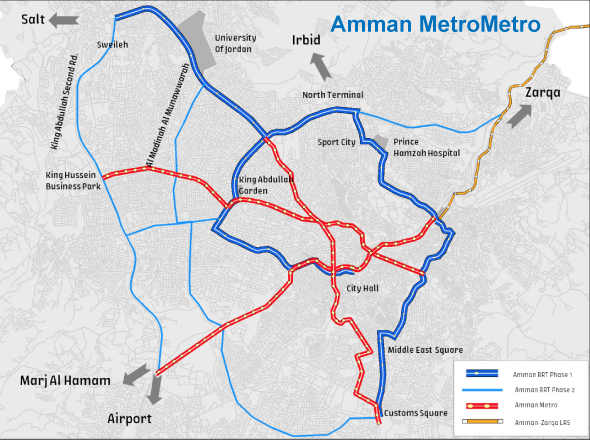The Amman Metro System: Jordan’s Future Urban Transit Solution
The Amman Metro represents an ambitious vision for transforming public transportation in Jordan’s bustling capital city. As Amman continues to grow as a major urban center in the Middle East, the proposed metro system promises to revolutionize how residents and visitors navigate the city’s challenging terrain and heavy traffic.
Current Status of the Amman Metro Project
The Amman Metro remains in the planning and feasibility study phase, with significant progress made in recent years. A study conducted by the Chinese Railway Engineering Corporation (CREM) for the Greater Amman Municipality (GAM) has confirmed that the topography of the city allows the implementation of the Amman Metro, marking a crucial milestone for the project’s viability.
The collaboration between GAM and international partners demonstrates Jordan’s commitment to modernizing its urban infrastructure. The feasibility studies have focused on analyzing potential routes, engineering challenges, and the integration of the metro system with existing transportation networks.
Why Amman Needs a Metro System
Jordan’s capital faces significant transportation challenges that a metro system could address effectively. The proposal to establish a metro transit system in Amman seeks to ease off traffic congestion in the capital by providing commuters with transportation alternatives to using their vehicles. The city’s hilly topography and dense urban development create unique challenges for surface transportation, making an underground metro system particularly attractive.
Currently, Amman relies heavily on private vehicles and bus services, including the recently implemented Bus Rapid Transit (BRT) system. The BRT system in Amman runs on 2 routes: the first from Sweileh in northwest Amman to the Ras Al-Ain area next to downtown Amman, and the second from Sweileh to Mahatta terminal in eastern Amman. While the BRT provides valuable service, a metro system would offer greater capacity and reliability.
Benefits of the Proposed Amman Metro
The Amman Metro system would deliver numerous advantages to the city and its residents. Underground rail systems offer uninterrupted travel without interference from surface traffic, providing consistent journey times regardless of road conditions above. The metro would also reduce air pollution by encouraging public transport usage over private vehicles.
Economic benefits include job creation during construction and operation phases, increased property values near stations, and improved connectivity between different areas of the city. The system would also enhance Amman’s appeal as a regional business hub and tourist destination.
Integration with Existing Transportation
The metro system is designed to complement rather than replace existing transportation modes. Integration with the current BRT network would create a comprehensive public transportation system serving different areas and passenger needs. The metro would handle high-capacity trunk routes, while buses could provide feeder services to metro stations.
One of the most important goals and objectives of 2025 is to raise the percentage of public transportation use from 14% to 40%, highlighting the government’s commitment to improving public transit adoption through projects like the metro system.
Future Outlook
While the Amman Metro remains in development, the project represents a significant investment in Jordan’s urban future. The successful completion of feasibility studies and international partnerships suggest continued progress toward realization. As regional cities like Riyadh advance their own metro projects, Amman’s system would position Jordan competitively in the Middle East’s urban development landscape.
The Amman Metro project exemplifies modern urban planning principles, addressing current transportation challenges while preparing for future population growth and economic development in Jordan’s capital city.

